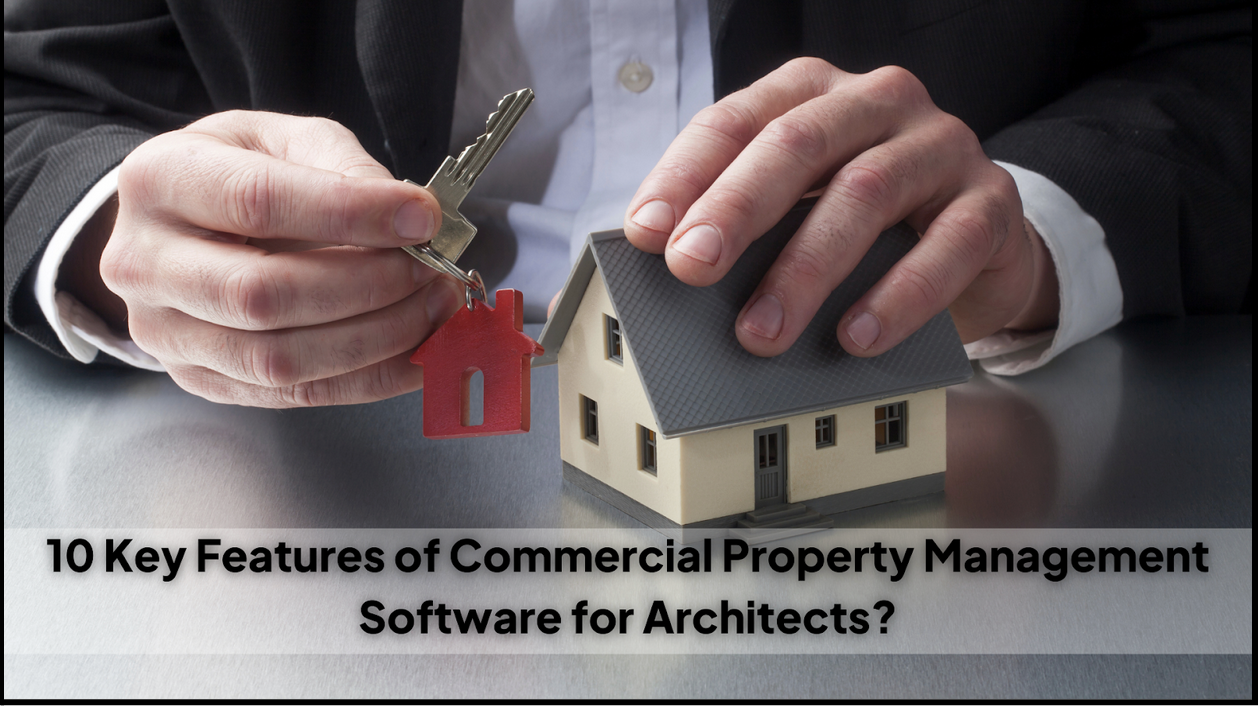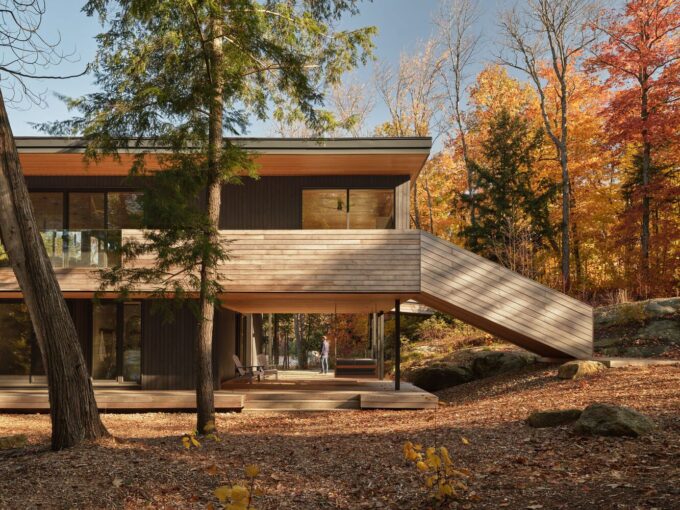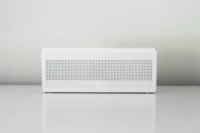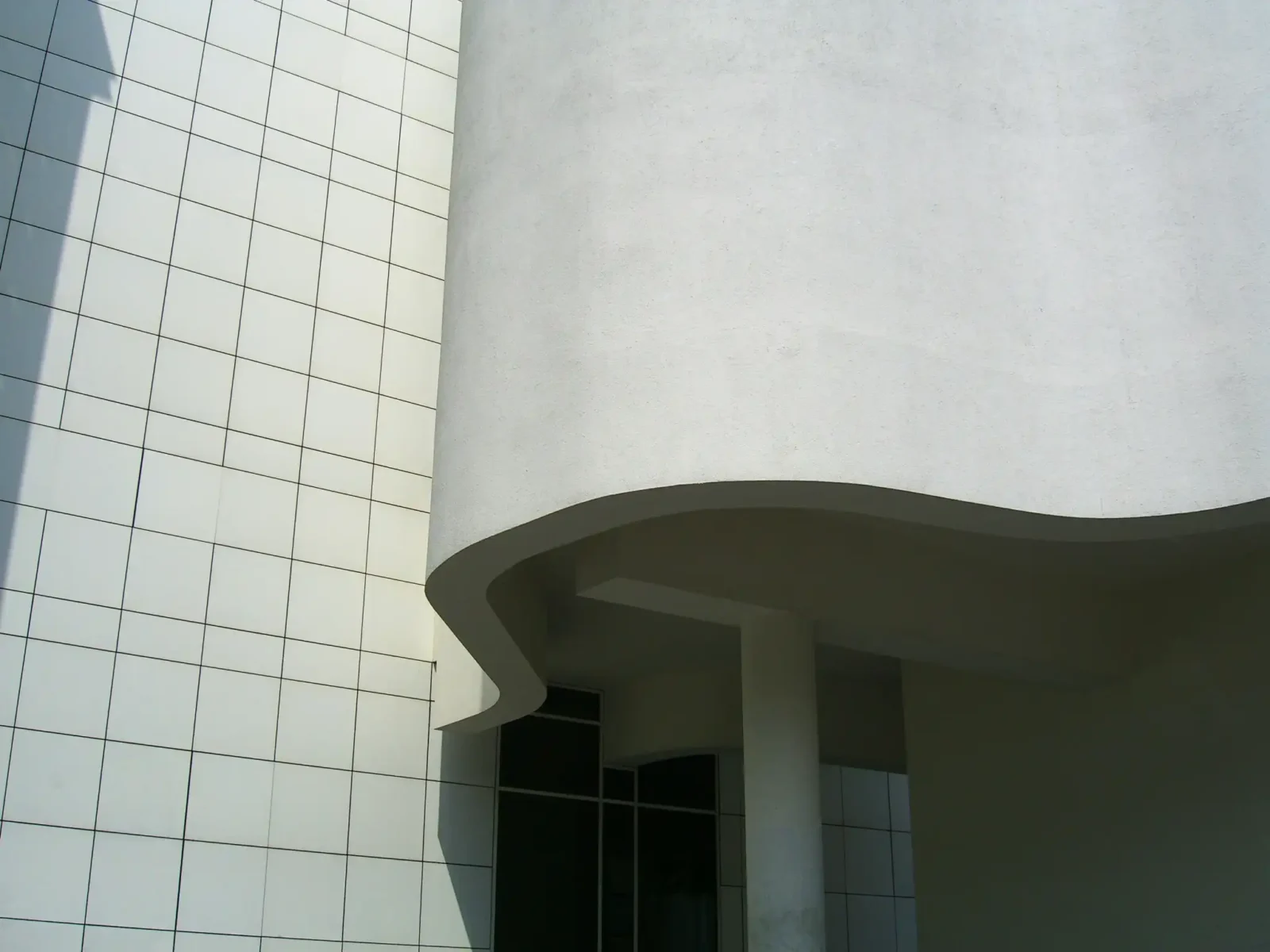- Home
- Articles
- Architectural Portfolio
- Architectral Presentation
- Inspirational Stories
- Architecture News
- Visualization
- BIM Industry
- Facade Design
- Parametric Design
- Career
- Landscape Architecture
- Construction
- Artificial Intelligence
- Sketching
- Design Softwares
- Diagrams
- Writing
- Architectural Tips
- Sustainability
- Courses
- Concept
- Technology
- History & Heritage
- Future of Architecture
- Guides & How-To
- Art & Culture
- Projects
- Interior Design
- Competitions
- Jobs
- Store
- Tools
- More
- Home
- Articles
- Architectural Portfolio
- Architectral Presentation
- Inspirational Stories
- Architecture News
- Visualization
- BIM Industry
- Facade Design
- Parametric Design
- Career
- Landscape Architecture
- Construction
- Artificial Intelligence
- Sketching
- Design Softwares
- Diagrams
- Writing
- Architectural Tips
- Sustainability
- Courses
- Concept
- Technology
- History & Heritage
- Future of Architecture
- Guides & How-To
- Art & Culture
- Projects
- Interior Design
- Competitions
- Jobs
- Store
- Tools
- More
10 Key Features of Commercial Property Management Software for Architects?

Architects face a growing challenge: efficiently managing commercial properties while juggling design, compliance, and operational management. This often means navigating complex leases, tracking maintenance, and ensuring smooth collaboration all without dedicated tools.
The lack of streamlined processes can lead to missed deadlines, budget overruns, and dissatisfied clients. Enter commercial property management software: a transformative solution enabling architects to optimize workflows and make informed decisions.
Table of Contents
ToggleTable of Contents
- Comprehensive Lease Management
- Work Order Management
- Advanced Reporting and Analytics
- Integrated Accounting Tools
- Tenant and Owner Portals
- Customizable Workflow Automation
- Mobile Accessibility
- Compliance and Risk Management
- Space and Asset Management
- Integration with Design and BIM Software
Comprehensive Lease Management
Modern commercial lease management software has transformed how architects handle property leasing. This feature has become indispensable, offering tools and functionalities that streamline lease administration processes.
Key Benefits:
- Automated lease tracking and renewal notifications
- Centralized document storage with instant retrieval
- Built-in compliance monitoring
- Lease-term optimization tools
Work Order Management
Efficient work order management is essential for maintaining commercial properties and ensuring smooth operations. Modern property management software provides real-time task assignment and tracking, enabling quick responses to maintenance requests.

Priority-based scheduling systems ensure critical issues are addressed promptly, while contractor management portals streamline collaboration with service providers. Automated maintenance alerts further enhance efficiency by notifying relevant parties about upcoming tasks or urgent repairs, minimizing downtime, and reducing operational costs. These features collectively simplify property upkeep for architects and managers.
Advanced Reporting and Analytics
In the age of data-driven decision-making, robust reporting capabilities have become indispensable for commercial property management software. Customizable dashboards allow architects and property managers to visualize key metrics in a way that suits their specific needs.
Real-time occupancy tracking ensures optimal space utilization, while cost analysis tools provide insights into expenses and profitability. Additionally, performance metrics visualization enables a comprehensive understanding of property operations, empowering users to make informed, strategic decisions that drive long-term success.
Integrated Accounting Tools
Modern commercial real estate accounting software must seamlessly integrate with property management functions to ensure financial accuracy and efficiency. Key features like automated rent collection streamline payments, reducing administrative burden and delays. Multi-property financial tracking allows property managers to oversee various assets under one platform, ensuring cohesive financial oversight.
CAM (Common Area Maintenance) reconciliation tools simplify cost-sharing among tenants, while budget forecasting capabilities help anticipate future expenses, facilitating better financial planning and management across commercial properties.
Tenant and Owner Portals
Digital communication hubs, such as tenant and owner portals, have become essential features in modern commercial property management platforms. These portals offer secure document sharing, allowing both tenants and property owners to access important contracts and communications safely.
Online payment processing streamlines rent collection and other financial transactions, ensuring timely payments. Maintenance request submission tools enable tenants to report issues efficiently, while real-time communication features foster seamless interactions between tenants, owners, and property managers, improving overall satisfaction and operational efficiency. These portals enhance convenience, transparency, and responsiveness for all parties involved. Property managers who want reliable tenants can also learn about tenant screening for landlords to strengthen their selection process. Integrating screening insights with portal tools creates a more complete view of tenant history and ongoing communication.
Customizable Workflow Automation
Automation significantly enhances efficiency in commercial property management by reducing manual tasks and streamlining essential processes. Key automation capabilities include:
- Lease renewal workflows, which ensure that leases are renewed on time, with automatic reminders and document generation, minimizing human error.
- Maintenance scheduling, allowing for the automatic assignment of tasks based on urgency and availability, improving response times, and reducing delays.
- Payment processing automates rent collection and invoicing, reducing administrative workload and minimizing the risk of missed payments.
- Document routing, automating the approval and distribution of important documents, ensuring timely access and compliance.
Mobile Accessibility
Mobile accessibility has become a critical feature for remote property management. With mobile capabilities, property managers and architects can conduct on-site inspections with ease, utilizing tools to capture images, notes, and other important data directly from the property. Real-time updates keep all stakeholders informed about maintenance issues or leasing activities as they happen, ensuring swift action.
Mobile platforms also provide convenient access to documents, enabling quick retrieval of contracts or property reports. Additionally, communication tools within these apps enhance collaboration, allowing seamless messaging between tenants, owners, and managers, regardless of location. This level of mobility ensures that property management is both efficient and flexible.
Compliance and Risk Management
Compliance and risk management are essential in commercial property management to mitigate potential liabilities. Key components include insurance tracking, which ensures that all properties maintain up-to-date coverage, and building code compliance, helping to avoid costly legal issues.
Safety inspection scheduling automates routine checks, ensuring consistent property upkeep, while certificate management ensures that necessary certifications are always valid and accessible. Together, these features reduce risks and maintain regulatory compliance, safeguarding both tenants and property owners.
Space and Asset Management
Effective space and asset management is crucial for maximizing the value of commercial properties. Key management tools include space planning features, which help architects and property managers optimize layouts and ensure efficient use of available space. Asset lifecycle tracking allows for monitoring the condition and value of assets over time, enabling informed decisions about repairs or replacements.

Inventory management tools help keep track of resources, reducing waste and ensuring cost-effective operations. Lastly, utilization analytics provide insights into how spaces are being used, allowing for adjustments that can improve occupancy and overall profitability. These tools collectively contribute to maximizing property value and operational efficiency.
Integration with Design and BIM Software
Seamless integration with architectural tools is vital for modern property management software. Key integration benefits include:
- BIM compatibility: Allows for better coordination between property management and design teams by sharing detailed building models and data.
- CAD file support: Ensures smooth integration with architectural design files, facilitating easy modifications and updates.
- 3D visualization tools: Help architects and property managers visualize spaces in 3D, improving decision-making and planning.
- Project collaboration features: Enable real-time collaboration between teams, ensuring that design, construction, and management processes are aligned and efficient.
Comparison of Top Commercial Property Management Software Features
| Feature Category | Basic Package | Professional Package | Enterprise Package |
| Lease Management | Basic tracking | Advanced automation | Full automation + AI |
| Reporting Tools | Standard reports | Custom dashboards | Predictive analytics |
| Mobile Access | Limited features | Full functionality | Enhanced security |
| BIM Integration | File viewing | Basic editing | Full collaboration |
| Support Options | Email-only | Email + Phone | 24/7 Premium |
Wrapping Up
Modern commercial property management software offers a comprehensive suite of tools that empower architects and property managers to streamline operations, enhance efficiency, and ensure compliance. From automated lease management and maintenance tracking to robust reporting and seamless integration with architectural tools, these software solutions are vital for maximizing property value and improving tenant satisfaction.
As the property management landscape evolves, adopting such software will continue to be crucial for staying competitive, reducing risks, and driving long-term success. By leveraging these technologies, architects can not only enhance operational workflows but also focus more on strategic, high-value tasks that shape the future of commercial real estate.
Frequently Asked Questions
Why use property management software?
Property management software streamlines operations by automating tasks like lease management, maintenance scheduling, and financial tracking. It improves efficiency, reduces errors, enhances communication, and ultimately boosts profitability for property managers.
What is CRM software for property management?
CRM (Customer Relationship Management) software for property management helps property managers maintain relationships with tenants, owners, and vendors. It tracks interactions, manages inquiries, and enhances communication to improve tenant retention and service.
What is commercial real estate software?
Commercial real estate software is designed to assist property managers, owners, and brokers in managing commercial properties. It includes features for leasing, financial reporting, maintenance management, and space optimization, enhancing operational efficiency and profitability.
illustrarch is your daily dose of architecture. Leading community designed for all lovers of illustration and #drawing.
Submit your architectural projects
Follow these steps for submission your project. Submission FormLatest Posts
The Ultimate Guide to Fencing in North Dakota: Choosing the Best Fence for Your Property
Watching a chain link fence twist in 70 mph winds near Minot...
Gaudí: Where Architecture Meets Science
Gaudí: Where Architecture Meets Science shows catenary arches, ruled surfaces, and biomimicry...
How Housing Market Forces Shape Architectural Design Today
Architecture never exists in isolation. Buildings rise from a mix of ambition,...
Why Portable Formaldehyde Gas Detectors Matter on Construction Sites
As construction practices shift toward more enclosed and material-intensive environments, the risk...












Leave a comment